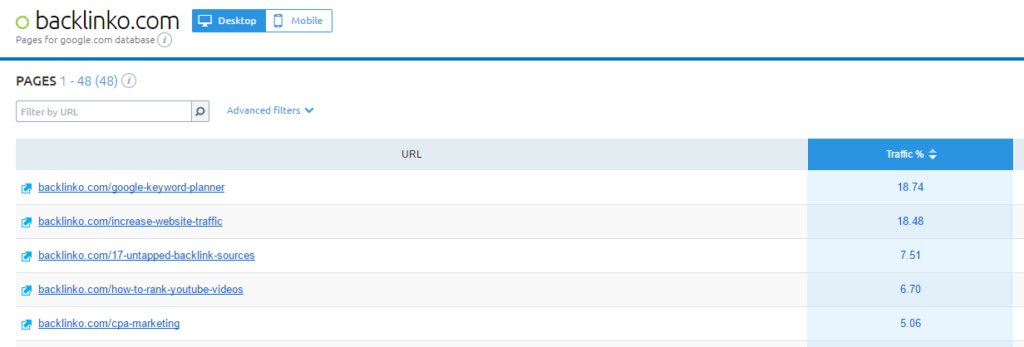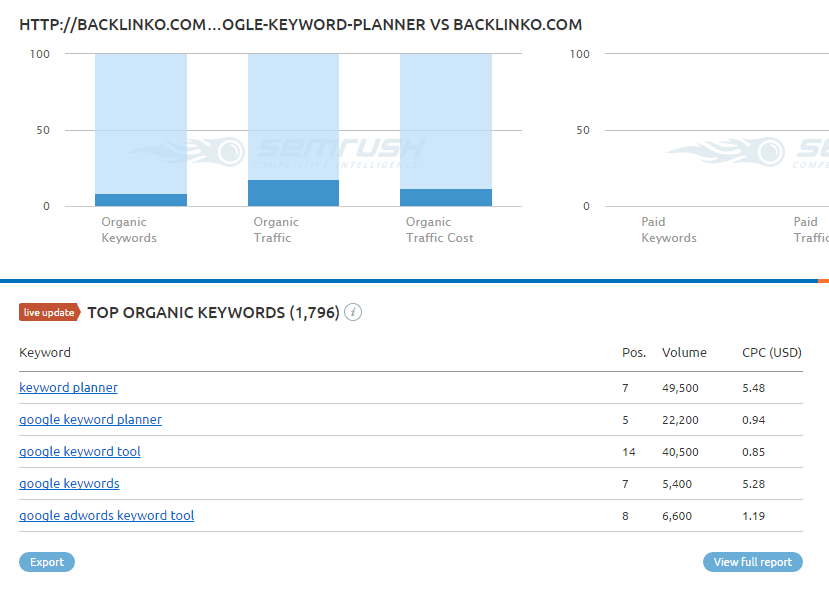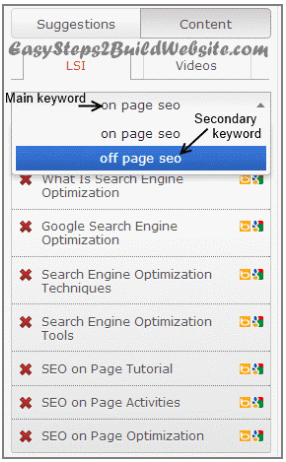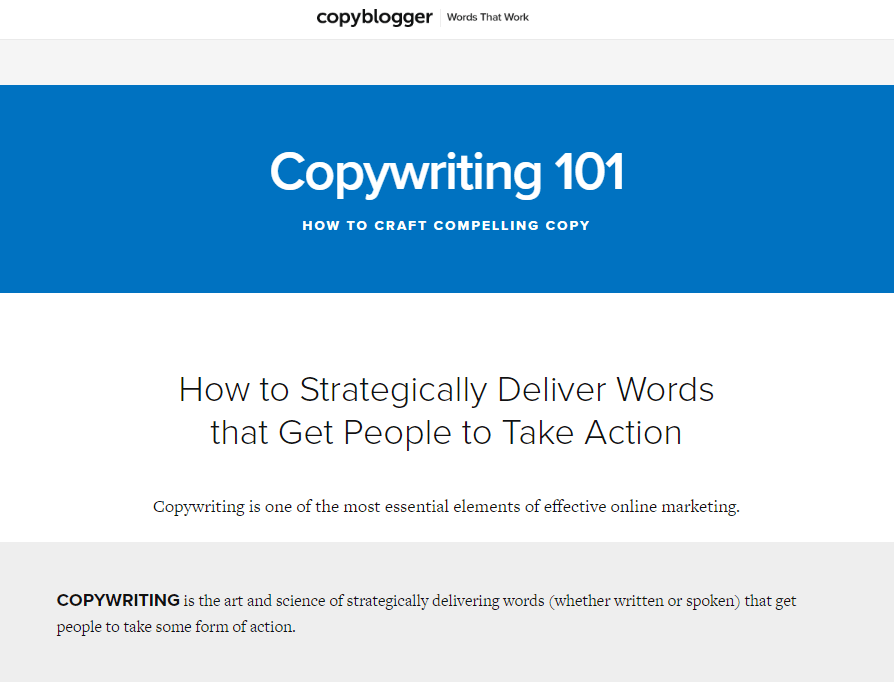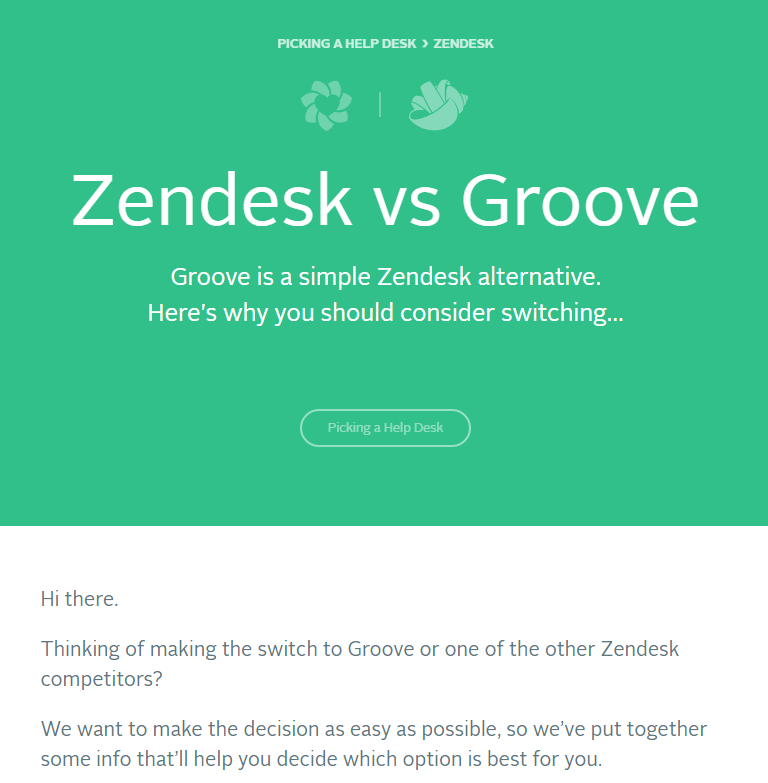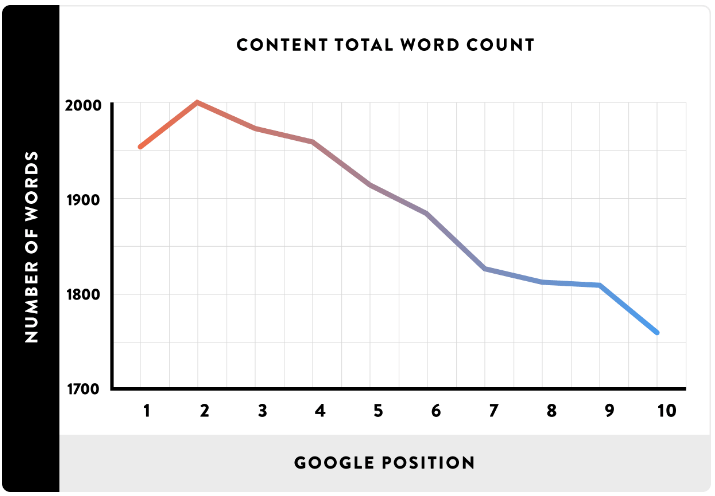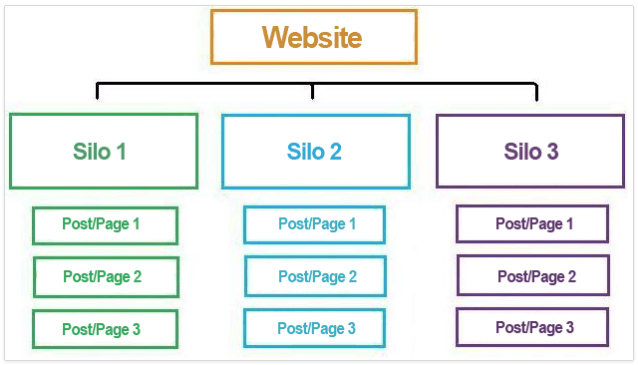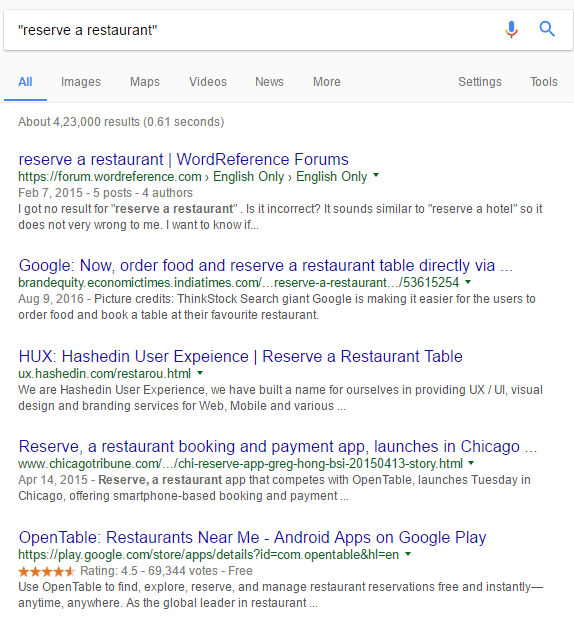6 Advanced SEO Tactics to Outrank the Toughest of Competitors
Search traffic is vital for the success of your business.
Strong search rankings can drive high quality traffic to your site at minimal costs. Since there is no active advertising spend, this traffic is also largely passive. Little wonder that most B2C businesses rank SEO as the second best marketing tactic after email.
However, the exceptional rewards of SEO also make it exceptionally competitive. To rank well, you have to contend with constant search engine algorithm changes while also outranking your competition.
This is why every business needs to invest in advanced SEO tactics. These are tactics most of your competition ignores, and which can have an outsized impact on your rankings.
In this article, I’ll share some advanced SEO tactics with you that will give a big boost to your site traffic.

Key Takeaways
- Spy on your competition to discover gaps in their content and recreate their best performing content and links.
- Use LSI keywords in your content and create optimized landing pages for your top keywords.
- Create a mobile app to get your Play Store listing ranked in SERPs. Conduct user research to create content that is aligned with your audience needs.
1. Spy Better on Your Competition
There is a business maxim that the only way to solve a problem is through either extinction or duplication.
This is essentially the foundation of business intelligence. If you can understand what your competition is doing to be successful, you can duplicate it to beat it.
Nowhere does this apply more than to SEO. Spying on your competition is a time-honored strategy to figure out what’s working in your industry. It helps you visualize what you are up against and strategize your own marketing plan in response.
Here are a few things you should be spying on your competition for:
A. Discover their best keywords
Start by uncovering the keywords your competition is ranking well for. Your job here is to see whether this is a profitable keyword for them, and if it is, what kind of content they’re creating for it.
For example, let’s say you are a landing page service and Instapage is your competitor
To spy on this competition, Head over to a keyword tool such as Semrush and plug in InstaPage’s URL.
You should see results similar to this:
By looking at the results, we can see that the site is currently ranked # 1 for “splash pages” and # 4 for “click through landing page.”
Make sure to verify these results manually. Here’s a quick search for the term splash page:
Although Instapage’s site is the first result in the normal listings, it doesn’t get the coveted Featured Snippet spot at the top of the page.
This gives you an immediate opportunity – if you can create content that can get featured in Google’s Rich Answer, you can beat Instapage.
B. Discover their best performing content (and improve it)
“Best performing” content is content that ranks for a lot of queries and gets a lot of traffic as a result. This is usually in-depth content that covers multiple topics, keywords and ideas.
To find such content, you will again need to use a tool like Semrush.
Enter your target URL into Semrush, then go to “Entire Menu > Organic Research > Pages” in the left menu. This will show you the best performing content on the site in terms of organic traffic:
Clicking a link will show you all the keywords it ranks for.
You can use this data to create content on similar keywords, and improve it in quality to get better rankings.
C. Recreate your competitor’s backlinks
When it comes to SEO, the part most businesses struggle with is building backlinks.
An easy solution to this problem is to simply “steal” your competitor’s backlinks, especially links to their best content. Simply figure out who is linking to your competitor’s top pages, then try to recreate those links.
You can use tools like Ahrefs, Semrush, Moz or Majestic to do this.
2. Use Latent Semantic Indexing (LSI)
Google wants its search engine to deliver relevant results to users. To ensure this, Google’s “Brandy” update released back 2004 set in motion the wheels for search engines to use LSI.
LSI is a process search engines use to look for words related to the main keyword.
For example, let’s say your keyword is “classic cars”
In this case, Google will crawl your page and expect to find terms such as “automobile” and “collectors” in your content. This helps search engines better understand and rank your content.
That’s not all – Google’s recent Hummingbird update has also made Google far more effective at figuring out user intent across multiple keyword variants. In a post-Hummingbird world, you don’t have to create separate pages for keywords that can be covered under a single head topic.
For instance, a single page about “Inbound Marketing Definition, Processes and Tools” can cover keywords like “inbound marketing methodology, inbound marketing tools, inbound marketing process”.
This makes it even more important to include LSI keywords in your content.
Here’s how you can find LSI keywords:
A. Use the power of Google search
When typing in a keyword in Google, it automatically recommends a list of related terms. Check out suggestions for the search term “SEO beginners”:
You can use a tool like KeywordTool.io to quickly mine these suggestions.
B. Use keyword planners
Tools such as Google Keyword Planner provide a list of keyword ideas you can use for LSI. For example, take a look at the results for the term “Brewery”
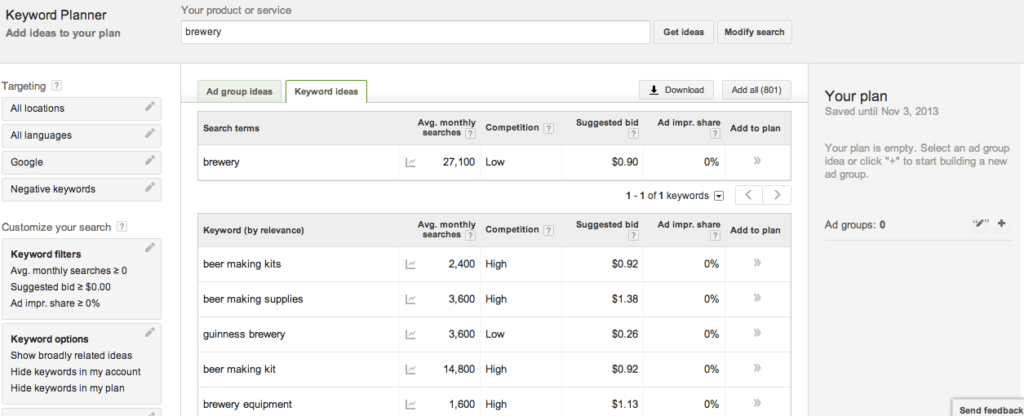
C. Use plugins
If you’re using WordPress, you can use SEO plugins to discover LSI keywords. Plugins such as Expand SEO and SEOPressor provide you a list of LSI keywords. Beyond that, they also provide warnings if you overuse these keywords on your site.
Check out LSI keywords for the search “On Page SEO”:
Regardless of how you find LSI keywords, make sure they have different spelling and structure.
Otherwise, search engine crawlers might mistake your effort for keyword stuffing.
3. Create Landing Pages for Your Most Important Queries
When you think of a ‘landing page’, you usually think of a standalone page with an offer or form.
However, landing pages are also incredibly effective at getting you ranked for your target queries.
These landing pages are usually a part of the main site, but feature a slightly different design than the rest of your content. They are content-rich (like a blog post), but use design to make the content stand out from the competition.
For example, consider this page on “Copywriting 101” from Copyblogger.
This is a content-rich page that includes a definition of copywriting, sub-headers detailing the copywriting process, and links to resources. However, it differs from other Copyblogger blog posts in its design.
Try creating such landing pages for your top keywords. Since you have complete control over this page’s design and formatting, you can create something that is perfectly optimized for the query.
Here are a few things to keep in mind:
A. Pick long-tail, high-value keywords
A well-optimized landing page is a significant investment. Instead of making one for every keyword, only pick high-value, long-tail keywords that are easier to rank for. Also make sure that your content is tailored to the query.
For example, consider this page from Groove targeting the keywords “alternatives to ZenDesk” and “ZenDesk vs Groove”.
These are both high-value, targeted keywords. Notice how the content on the page uses a conversational, blog-like tone to list out all of Groove’s features that make it better than its competitor, ZenDesk?
B. Make sure your content is at least 2000 words
The content on your landing page should be useful. Naturally, you want people to spend time on your page so that Google doesn’t penalize you when it comes to ranking.
One tactic you can use to increase time-spent on site is write long copy. Top ranking pages on search engine results feature at least 1800-2000 words.
C. Use a simple URL structure
Don’t hide your landing pages behind multiple directories or subdomains. The landing page should have a clear URL structure with the target keyword included within the URL. Since shorter URLs outrank longer ones, try to keep the length as short as possible as well.
Think “YourSite.com/target-keyword/”, not “YourSite.com/lp/2016/some-words/”
4. Create an Internal Linking Framework
High-quality content alone isn’t enough to rank. Search engine crawlers also take into account links pointing to your content to determine relevancy when it comes to determining page rank.
You will be surprised to know that your internal linking structure matters within this framework as well. Search engines use the number of internal links pointing to your pages to figure out their importance and hierarchy.
That is, if you have 10 internal links pointing to Page A (about “SEO Strategy”), and 100 internal links pointing to Page B (also about “SEO Strategy”), Google will consider Page B the more authoritative page on the topic.
The use internal linking correctly, organize your website’s content into directories or “silos” where each group is dedicated to a specific category.
This way, when you create new content for a specific silo, it will be easy to find pages related to your content. It also creates a “map” for search engines to figure out how each page sits in your site’s structure.
Plus, it helps create a list of related pages on a topic, helping search engines see you as an “authority” on that topic.
5. Create A Mobile App
More searches are carried out today on a mobile device than on a desktop.
With an increase in penetration of mobile devices worldwide, Google has started paying close attention to traffic from mobile.
Take a look at change in usage over the last few years:

For search engines, this means rewarding sites that are mobile-friendly. Mobile-friendly sites are responsive to the small screen environment and ensure that users don’t have to scroll horizontally.
As a result, mobile-friendliness has become a ranking factor. In fact, until a few months ago, Google would even label a site as “mobile friendly” in SERPs.
However, mobile web browsing is a non-native experience. By design, mobile phones are made to run apps.
Apps provide optimal user experience and let users tap into wider functionality of mobile phones which have features such as an embedded camera and gps.
Until recently, app stores were the only method users could use to find apps. However, this has changed with Google’s Firebase App Indexing.
Realizing that users were not using search engines to discover apps, Google has now started showing deep links to app pages on its SERP.
For example, here’s a search for “reserve a restaurant”:
Notice the link to the play store on the first page? If you have an app, you could be among these search results, which would help you stand out from competitors who don’t have apps.
6. Carry Out User Research
People read content that is in-tune with their needs. Otherwise, no matter how well you technically optimize your site and its content, a lack of interest will negatively impact your rankings.
This is less of an objective tactic and more of a realignment of how you create content. Instead of focusing on keywords, this strategy emphasizes answering actual user queries and engaging with your readers.
One way determine what your audience is looking for is to browse forums and niche-community websites where people are vocal about their desires.
Quora is a great place to begin your user research
For example, let’s say you are a lead generation service. Type in a keyword related to your business such as “increase lead generation” into Quora’s search box.
Go through the results and determine which answers are popular but not thorough or questions that have not received much traction. For such questions, compose well-written answers.
Remember to include a link to your site in your answers (in a natural tone).
You should also use the title of popular questions to create new blog posts, or update existing blog posts with fresh content.
Conclusion
To excel at SEO, you need to go above and beyond the basics. Embrace more advanced tactics that your competitors ignore to truly win in the SERPs.
Start by using some of the tactics I’ve shared above. Spy on your competitors, create optimized landing pages for your top keywords, and carry out user research to answer queries your readers truly care about in a format that speaks to them.
What are some of your favorite advanced SEO tactics? Share them with us below!



